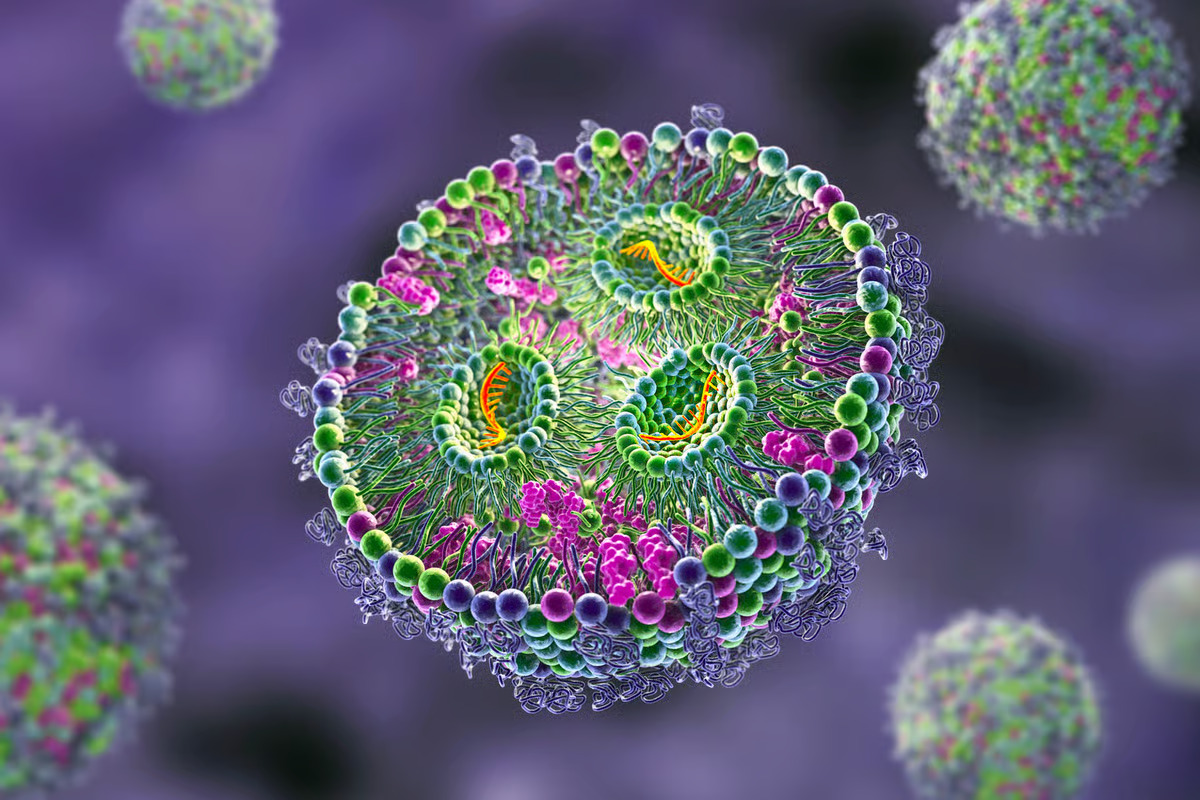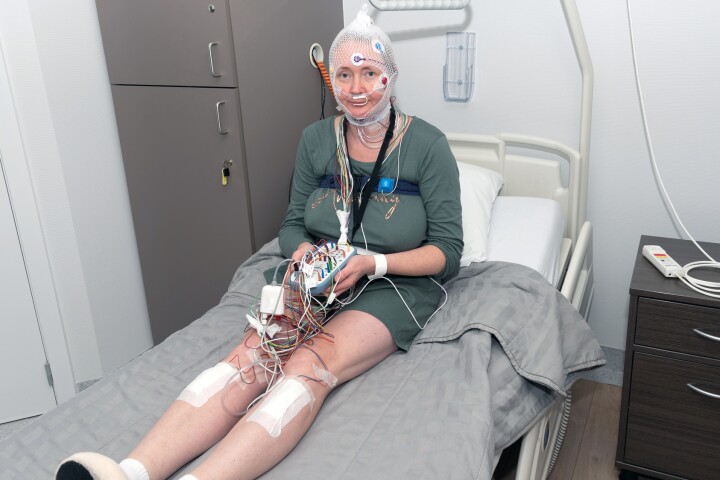 Engineered mRNA has caused cells to produce their own therapeutic proteins. Depositphotos –
Engineered mRNA has caused cells to produce their own therapeutic proteins. Depositphotos –
Engineered mRNA has turned cells into tiny biofactories, producing medications to successfully treat an inflammatory skin condition and two types of cancer, according to a new study. The tech paves the way for therapies in which patients’ bodies make their own drugs.
Messenger RNA (mRNA) contains the instructions that direct a cell to make a specific protein using its built-in machinery. Many will be aware of mRNA because of its association with the COVID-19 vaccine. But mRNA has potential uses far beyond that, including as a gene-based treatment for a range of diseases.
A recently published study details one such use. Researchers from the University of Texas (UT) Southwestern Medical Center have used engineered mRNA to prompt cells to secrete their own drugs to successfully treat psoriasis and cancer in mice.
“Instead of going to the hospital or outpatient clinic frequently for infusions, this technology may someday allow a patient to receive a treatment at a pharmacy or even at home once a month, which would be a significant boost to their quality of life,” said Daniel Siegwart, professor of Biomedical Engineering and Biochemistry at UT Southwestern and the study’s corresponding author.
Coinciding with recent advances in mRNA research has been progressing in the field of delivering therapeutics using nanoparticles. However, most of the research has been directed towards having cells generate proteins that can be used directly within cells or else to indirectly trigger cellular pathways like those needed for gene editing. In the current study, the researchers took a different approach, focusing on getting those important proteins out of the cells so they can exert therapeutic effects elsewhere in the body.
Within cells, signal peptides (SPs) act as “metaphorical shipping labels” (the researchers’ term) to guide proteins produced from genetic instructions to where they’re needed. Some SPs direct proteins to internal parts of the cell, such as the nucleus and mitochondria, whereas others – called secretory SPs – cause proteins to be secreted into the extracellular space. With this in mind, the researchers hypothesized that an engineered SP could be copy-pasted into mRNA coding to cause proteins normally confined to the intracellular space to venture out into circulation.
They isolated a piece of mRNA that produces secretory SP derived from Factor VII, a protein involved in blood clotting. Then, they attached this SP-encoding bit of mRNA to four different mRNA sequences that produced certain proteins: mCherry, a fluorescent protein that provides a visual cue on whether it was secreted from cells; erythropoietin, a human protein involved in blood production; etanercept, a therapeutic protein used to treat inflammatory diseases; and anti-PD-L1, another therapeutic protein used to treat cancer. When the modified mRNAs were packaged into lipid nanoparticles and delivered to cells in the lab, the cells secreted SP-tagged proteins made from these mRNAs into the liquid outside the cell.
When the researchers treated mice with psoriasis, an autoimmune condition that causes skin inflammation, with the modified mRNA coding for the medication etanercept, their skin plaques decreased significantly. When they treated mice with colon cancer and metastatic melanoma with modified mRNAs coding for anti-PD-L1, tumor growth decreased significantly, and the mice lived twice as long as untreated mice.
The researchers said that using their Signal peptide Engineered Nucleic acid Design (SEND) to have the body’s own machinery make and deliver therapeutic proteins may improve the effectiveness of, and help overcome side effects associated with, protein drugs currently given by infusion. They said that drugs produced using this technology could improve the health and quality of life of patients with inflammatory diseases, cancers, blood clotting disorders, diabetes, and various genetic disorders.
The study was published in the journal PNAS.
Source: UT Southwestern Medical Center
–
























